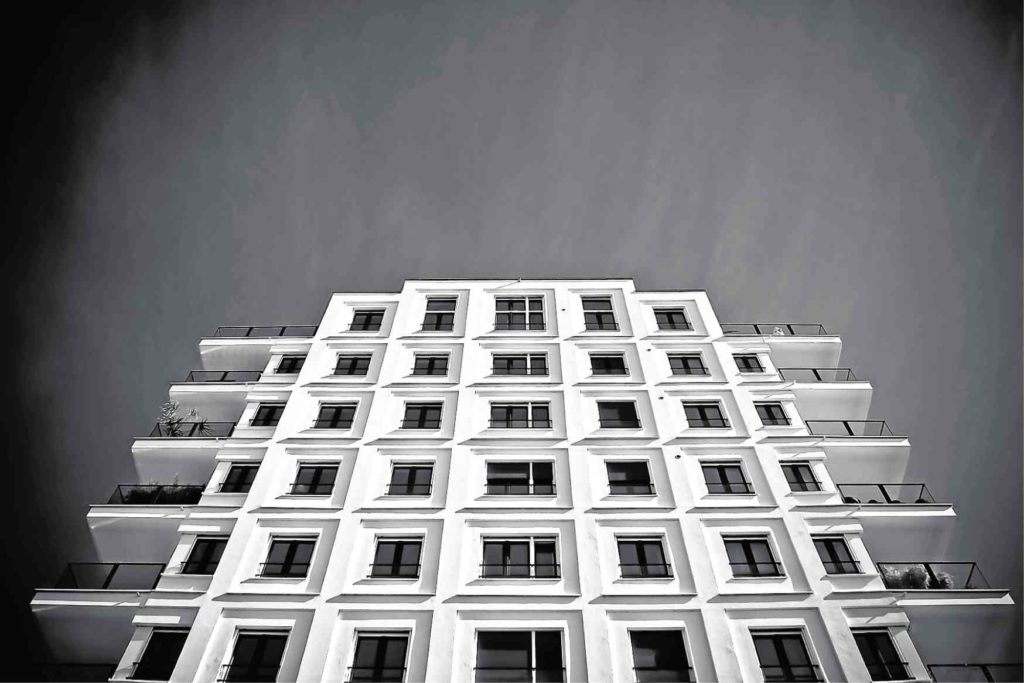When buildings make you sick

Pollution inside buildings is common nowadays.
Have you ever gone inside a building and felt sick right away? You might have gotten an unexplained headache, a sudden cold, or a mysterious repulsion to odors. You might have exhibited some allergy symptoms or experienced extreme discomfort.
Whatever the case, you felt better as soon as you left the building. The uneasiness might have passed, but you can’t point your finger on what had caused it.
If you have been in such a situation, chances are, you have experienced the Sick Building Syndrome (SBS), which has been recognized by the World Health Organization since 1984.
Often attributed to air quality, the ailment can affect anyone who enters and stays in a particular room or building.
Though the solution is as simple as leaving, that might not be as easy as it sounds for many people. SBS affects many people at work and, with the advent of condominiums, people at home. So if you can’t immediately leave the place, is there anything you can do to make yourself feel better?

Poor air quality in buildings can lead to nausea and fatigue.
Open windows
SBS can be triggered by a range of building problems, from lack of ventilation to contaminants in the air.
Many experts agree that letting fresh air inside the building helps eliminate the symptoms. This is primarily the reason why the American Society of Heating, Refrigerating and Air-Conditioning Engineers requires a minimum of 15 cubic feet per minute of outdoor air per person inside a room.
This standard is even increased for office spaces and smoking areas. Rooms with heating equipment also require outdoor exhaust to release fumes.
Though air-conditioning is often the norm in high-rise structures, inhabitants will have difficulty breathing if air circulates poorly in such buildings. Breathing in fresh air can quickly alleviate symptoms of SBS. Additionally, it can get rid of bad smells in the room.
Clean air-con filters
Though it might not be the first thing you suspect, your air-conditioner might be causing your headache. Changing or cleaning your filters regularly can get rid of SBS.
The US Department of Energy recommends cleaning your filters every month or two especially if it is frequently used. According to the same organization, this can also improve your machine’s efficiency from 5 percent to 15 percent.
You can quickly clean the filter by using a vacuum. Alternatively, you can clean it with warm water and mild detergent. Baking soda mixed with water can also eliminate odors.
For air-conditioners connected to a centralized source, it would be wiser to consult the building management first before attempting to access parts.
Remove sources of bacteria
Mantain a clean house to eliminate sources of bacteria, viruses, pollen and molds.
These biological contaminants often reside where stagnant water has accumulated. If inhaled, these can cause anything from a mild bout of allergy to a deadly case of Legionnaire’s Disease.
Water can accumulate anywhere where it is produced or released. This means that ducts, drain pans, and humidifiers also need routine checking.
Even if your air-conditioner is clean but your duct is leaking, your air can become contaminated. Seek professional help when the tasks are too complicated for your abilities.
Prevention is better than cure
The Sick Building Syndrome can be resolved with proper building maintenance. If you are still selecting an office or home, however, you can avoid this discomfort by choosing a healthy building.
Harvard University’s TH Chan School of Public Health recently published a report on what constitutes a healthy building. Eleven principles have been identified, which includes proper ventilation, smoking restrictions, moisture control and dust filtering among other ideas.
Many buildings nowadays boast of the latest green features, but a simple environment where you can breathe in clean air and avoid pollutants is already helpful. It need not be new or modern, but it must be designed to fully accommodate your needs without discomfort.
Nowadays, pollution is no longer restricted to the outdoors. As people spend more time inside buildings, interiors should be maintained to ensure the health and well-being of its inhabitants. Whether a professional or a homeowner, it pays to know the symptoms of SBS and how to avoid it.
Your home must function as a healthy haven and not a hazard to your health
Sources:
www.9foundations.forhealth.org www.products.geappliances.com www.energy.gov/energysaver United States Environmental Protection Agency
The author is a licensed architect who studied abroad and currently works for DSFN Architects. She combats occasional bouts of SBS with a lot of dusting and fresh air.